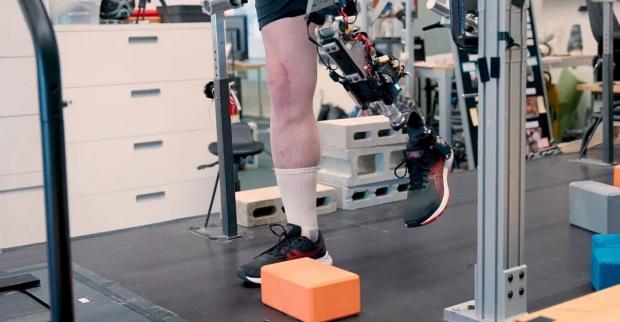
Breaking News
 Horror Israeli Intel Database Reveals 83% Killed In Gaza Are Civilians!
Horror Israeli Intel Database Reveals 83% Killed In Gaza Are Civilians!
 Aaron Lewis on Being Blacklisted from Radio & Why Record Labels Intentionally Promote Terrible Music
Aaron Lewis on Being Blacklisted from Radio & Why Record Labels Intentionally Promote Terrible Music
 The Number of Housing Units Under Construction Continues to Crash
The Number of Housing Units Under Construction Continues to Crash
 U.S. Federal Reserve's New Supervision Chief Sold on Bringing Crypto to Finance
U.S. Federal Reserve's New Supervision Chief Sold on Bringing Crypto to Finance
Top Tech News
 Video Games At 30,000 Feet? Starlink's Airline Rollout Is Making It Reality
Video Games At 30,000 Feet? Starlink's Airline Rollout Is Making It Reality
 Automating Pregnancy through Robot Surrogates
Automating Pregnancy through Robot Surrogates
 SpaceX launches Space Force's X-37B space plane on 8th mystery mission (video)
SpaceX launches Space Force's X-37B space plane on 8th mystery mission (video)
 This New Bionic Knee Is Changing the Game for Lower Leg Amputees
This New Bionic Knee Is Changing the Game for Lower Leg Amputees
 Grok 4 Vending Machine Win, Stealth Grok 4 coding Leading to Possible AGI with Grok 5
Grok 4 Vending Machine Win, Stealth Grok 4 coding Leading to Possible AGI with Grok 5
 Venus Aerospace Hypersonic Engine Breakthroughs
Venus Aerospace Hypersonic Engine Breakthroughs
 Chinese Scientists Produce 'Impossible' Steel to Line Nuclear Fusion Reactors in Major Break
Chinese Scientists Produce 'Impossible' Steel to Line Nuclear Fusion Reactors in Major Break
 1,000 miles: EV range world record demolished ... by a pickup truck
1,000 miles: EV range world record demolished ... by a pickup truck
 Fermented Stevia Extract Kills Pancreatic Cancer Cells In Lab Tests
Fermented Stevia Extract Kills Pancreatic Cancer Cells In Lab Tests
This New Bionic Knee Is Changing the Game for Lower Leg Amputees

Considered something like a prosthesis in three layers, tests have shown it to grant greater agility, comfort, and sense of "embodiment," a sensation of oneness that's usually reserved for upper body prosthetics.
"We actually are pushing the definition of what a prosthesis can be, and that's why we say it's a tissue-integrated prosthesis," said Tony Shu, lead author of the study from MIT's Yang Center for Bionics. "There's a part that you will never be able to take off without another surgery."
The three layers begin with a restoration—in this case, with above the knee amputees—of the push-pull function of muscles which was done by connecting the severed tissue directly to the prosthetic.
Along with being vital for using muscles with force, the push-pull function also gives a sense of "proprioception" or the natural awareness of where limbs are in space at any given moment.
The next layer is that of the bone—a titanium rod drilled directly into the severed femur. Almost all lower-leg prosthetics are a socket or a cup that's placed over the patient's stump, placing load on the soft muscle tissue that covers the end of the amputation, opening up the chance for nerve pain and chafing.
By reestablishing the natural load-bearing functions of bone, patients achieved lower fatigue rates and greater mobility.
The third layer is the robotic limb that's attached to the skeletomuscular implants, which can be replaced as better technology becomes available over the next few decades.
In a series of tests performed at Massachusetts General Hospital/Brigham and Women's Hospital, Shu was able to compare the fruits his 7 years of work with currently-available prosthetic options.
In tests of walking up and down stairs, as well as avoiding obstacles while walking, the three-later prosthetic performed substantially better. It also scored higher in patients' perceptions of whether the object was part of their body or just a tool, known as embodiment.
"Embodiment is actually hugely critical for patient well-being," Shu says, according to Smithsonian Magazine. "This is one of the first studies that really actually asks a lower limb amputee, 'How do you feel about your prosthesis?'"

 3D printing set to slash nuclear plant build times & costs
3D printing set to slash nuclear plant build times & costs

